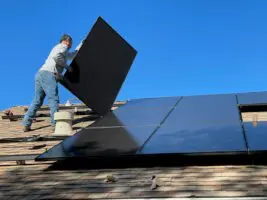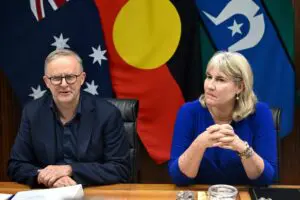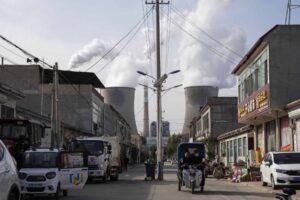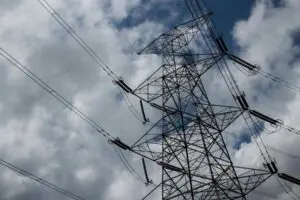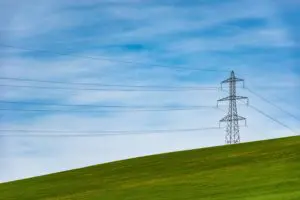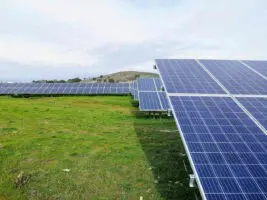A failed Queensland solar thermal project has become the latest target of the post-election facts-don’t-matter campaign against renewables in Australia, with Pauline Hanson claiming it as proof that solar power doesn’t work.
The One Nation founder and leader last week posted a video to her “Please Explain” Facebook page, confidently reporting from the scene of Kogan Creek Power Station that the 44MW solar farm “conventiently tucked away” behind it had “never produced a single milliamp of electricity” from its “solar panellings.”
And this much is true. But the fact is, the project wouldn’t have produced electricity even if it was completed and operated as planned.
That’s because the 44MW solar farm was not a solar PV farm at all, but a “solar boost” project, intended to use so called linear fresnel technology to generate additional “clean steam” for the 750MW Kogan Creek plant near Chinchilla.
Next, Hanson claims that the project, commissioned by Queensland government-owned coal generator CS Energy, took $105 million of tax-payer money and “you know what, up against a wall.”
No, it didn’t. As we reported here at the time, when CS Energy announced that the $100 million project would not be completed, around $40 million had already been spent.
Some of this money was spent by CS Energy, and some by the company behind the solar thermal technology company, the French nuclear energy technology developer Areva, but very little of that was subsidy funding – only $6.4 million of ARENA money was ultimately spent out of the $35 million allocated.
Hanson then goes on to lament the “3000 solar panels” from the unfinished project that are being “busted up and thrown into skip bins, ready for landfill at the Kogan Creek Power Station.”
No. Not solar panels, but mirrors that – should the project have been completed – would have reflected and concentrated the sun’s rays to heat up liquid and generate steam.
As a point of interest, the Compact Lineal Fresnel Reflector (CLFR) technology – which is sound, even if the application of it, in this case, probably was not – was Australian-made by a company called Ausra, whose two founding members, David Mills and Graham Morrison, were awarded Order of Australia honours.
The technology was designed as a stand-alone project that would generate electricity, but the only way to get into the Australian grid, thanks to the dominance of the fossil fuel generators, was to act as a provider of steam to coal generators. A smaller version operated for a few years at Liddell, but it was not exactly efficient.
And for what it was worth, the thousands of mirrors and collectors that did get installed were constructed locally, creating regional jobs from when the project started in 2011 to when tools were downed in 2013.
As for the failure of the project, CS Energy said at the time that technical and contractual issues had caused lengthy delays and significant commercial problems, and that solar boost was no longer the right technology for the company’s plans – which remained focused on renewables.
“CS Energy will redirect its efforts to ensure that it is positioned to capitalise on the growing renewable energy market. We are already in discussions with a number of potential partners as to whether they could use the Solar Boost site,” the company said.
At least part of the project’s failure was not due to the technology, per se, but to the troubles plaguing the then owner of the CLFR technology, French nuclear giant Areva.
As we reported, Areva decided to exit the solar thermal market in August 2014, and withdraw its operations from Australia, so it could focus its efforts on major delays and huge cost over-runs at its 3rd generation nuclear projects in Finland and France, a technology that has since forced a bailout by its French nuclear partner EdF.


